Different types Large museum display cases
Large museum display cases are typically designed to showcase artifacts, artwork, or other valuable objects in a way that is both visually appealing and protective. They are usually made of high-quality materials, such as glass, metal, or wood, and are constructed to be sturdy and secure.
When designing a large museum display case, there are several important factors to consider. The size and shape of the case should be carefully determined to ensure that it will fit the intended object(s) comfortably and provide enough space for visitors to view the object(s) from various angles. The case should also be constructed in a way that minimizes glare and reflections, while still allowing for good visibility.
Another important consideration is the level of security that is needed to protect the object(s) on display. This may include features such as locks, alarms, or even bulletproof glass, depending on the value and rarity of the items being displayed.
Large Freestanding Crafts museum display cases
In Suzhou Museum West required multiple high-security, high-quality Large museum exhibit cases for their Crafts collections. Relicase clung to this design concept closely, and fabricated several bespoke museum display cases of the South Yangtze style. The colossal vertical freestanding cases, wall cases, table cases, and built-in wall cases all bear the mark of exquisite Suzhou craftsmanship. The exhibition perfectly demonstrates the history of of magic craft of Suzhou through elaborate organization.

Large gallery museum table display cases
For this projects,a series of long Large gallery museum table display cases were designed and built with high conservation requirements to display from the National Gallery Singaporean artists
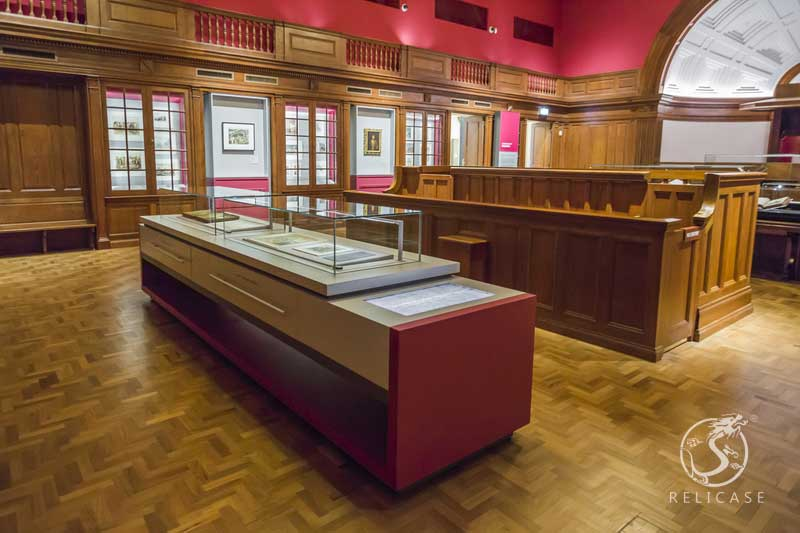
Large court dress museum wall display cases
When entering or leaving the Ancient China National Museum Of China, you will walk through this gigantic and unique two Wall Mounted Glass Display Case measuring 3W x 5H x 0.7D m by Relicase.
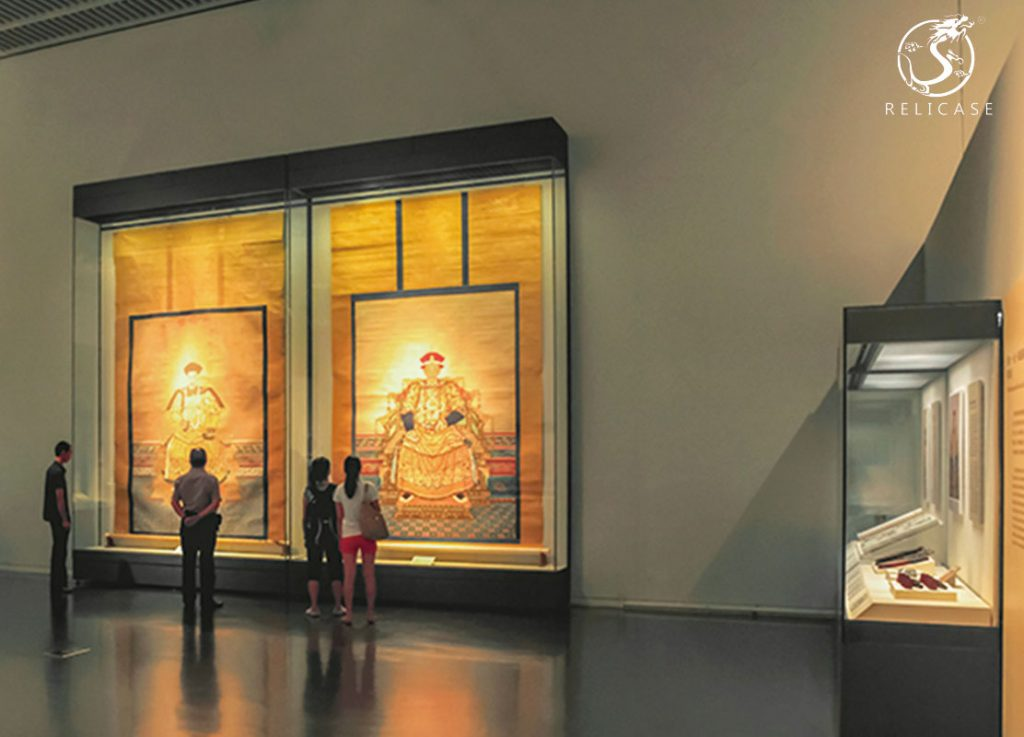
In order to present the paintings in the closest proximity to viewers, a single piece of glass weighing 612.7Kg was used, which posed a great challenge in the design of the overall structure of the panels. The main frame of the panel is made of 27mm-thick steel plate to support the 612.7kg load and protect the displayer from distortion after long-term use. The electric opening system ensures added safety. The electric lifting system makes it convenient to reposition the painting at the ground level. The TCFA system centrally controls all functions. The magnetic display system of the rear dress panel within the displayer helps with the flattening of the exhibit. This system reduces the possible strain and damage caused by gravity to fibrous materials which are hung and displayed vertically.
Overall, a large museum display case should be carefully designed to balance aesthetics and functionality, while also providing the necessary level of protection for the objects on display.
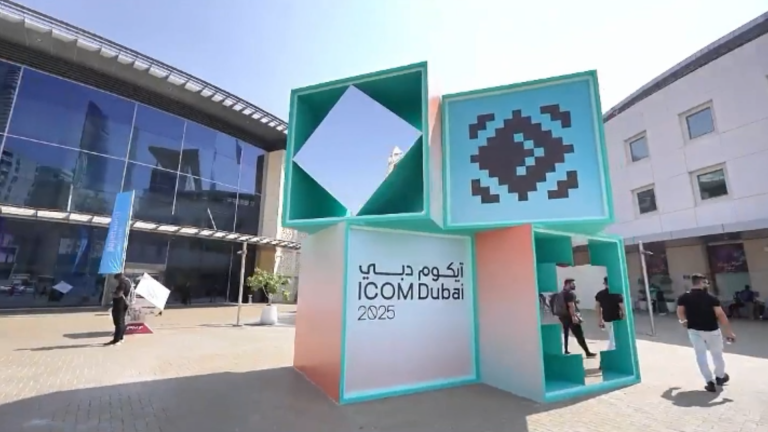
Relicase: Exhibit in Dubai, Engage with the world.
On November 12th 2025, the 27TH ICOM GENERAL CONFERENCE opened at the Dubai World Trade Center, the financial center of the Middle East. More than 4,000 professionals from more than 100 countries and regions around the world attended the conference, and more than 50 Chinese museum leaders, experts, scholars and enterprise representatives attended the conference. “This is a grand…
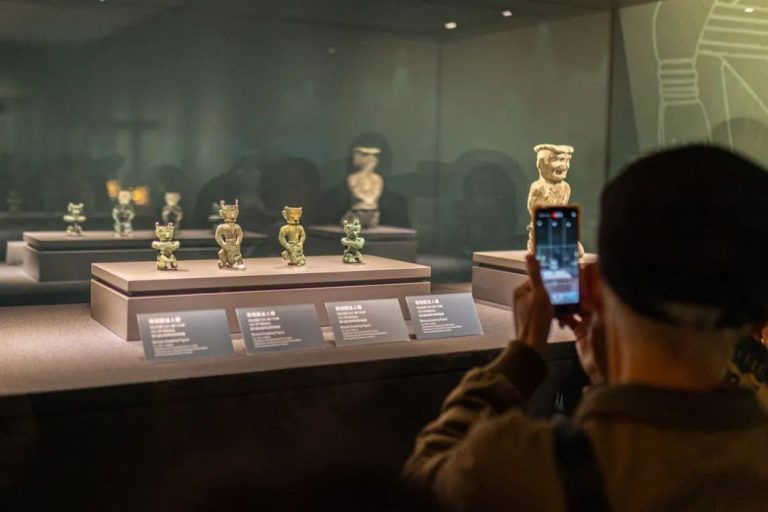
Museum Showcase Excellence: How Relicase Brought Ancient Shu Treasures to 300,000+ Visitors
Over 300,000 Visitors!Ancient Treasures of Shu Shine in Hengqin: The Mystique of Sanxingdui and Jinsha Captivates Audiences The special exhibition Ancient Treasures of Shu: Sanxingdui and Jinsha attracted more than 300,000 visitors, including nearly 60,000 from Hong Kong, Macau, and Taiwan, making up almost 20% of the total audience. On April 24, the three-month exhibition…
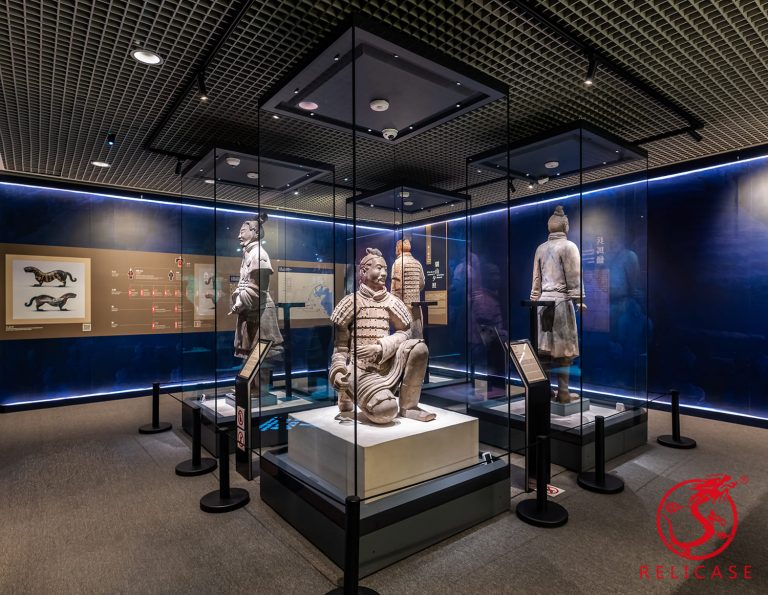
Relicase at Macau Museum: Safeguarding Heritage, Celebrating Legacy
Macau Museum: “Edification of the Masses — Cultural Treasures from the Zhou, Qin, Han, and Tang Dynasties” A Landmark Embraces Innovation The Macau Museum stands proudly atop the historic Mount Fortress, next to the famous Ruins of St. Paul’s. As an iconic symbol of Macau’s history and multicultural heritage, it now embraces the touch of…
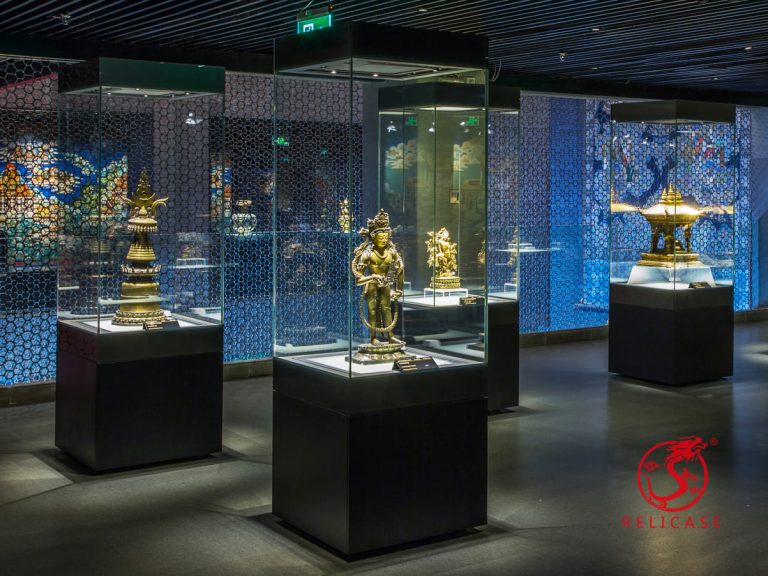
Potala Palace
Abstract On April 26, 2017, Relicase completed the showcase project for the Treasure Hall of the Potala Palace in Tibet. The Collections Hall spans three floors and is divided into two major sections, showcasing a total of 273 individual artifacts and replicas, as well as 155 sets of artifacts (or 159 sets, including 147 sets…
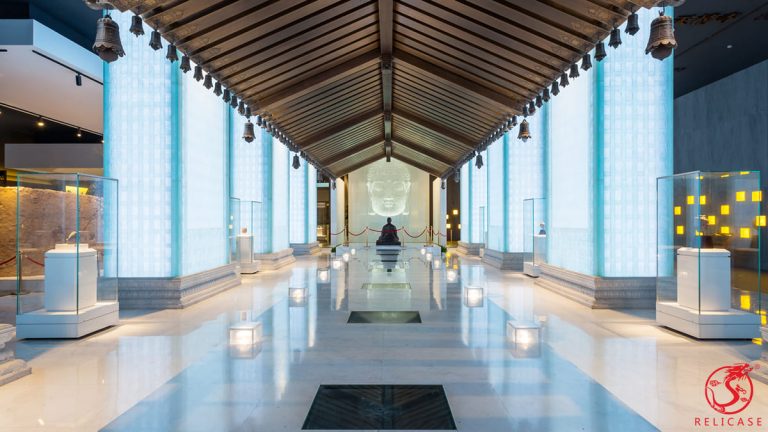
Porcelain Tower of Nanjing
Abstract The Porcelain Tower of Nanjing, named and constructed by Emperor Yongle of the Ming Dynasty to honor his parents’ boundless love and virtue, stands as a symbol of filial piety. Celebrated in Du Mu’s poetic lines, “Four hundred and eighty temples of the Southern Dynasties, how many pavilions linger in the mist and rain,”…
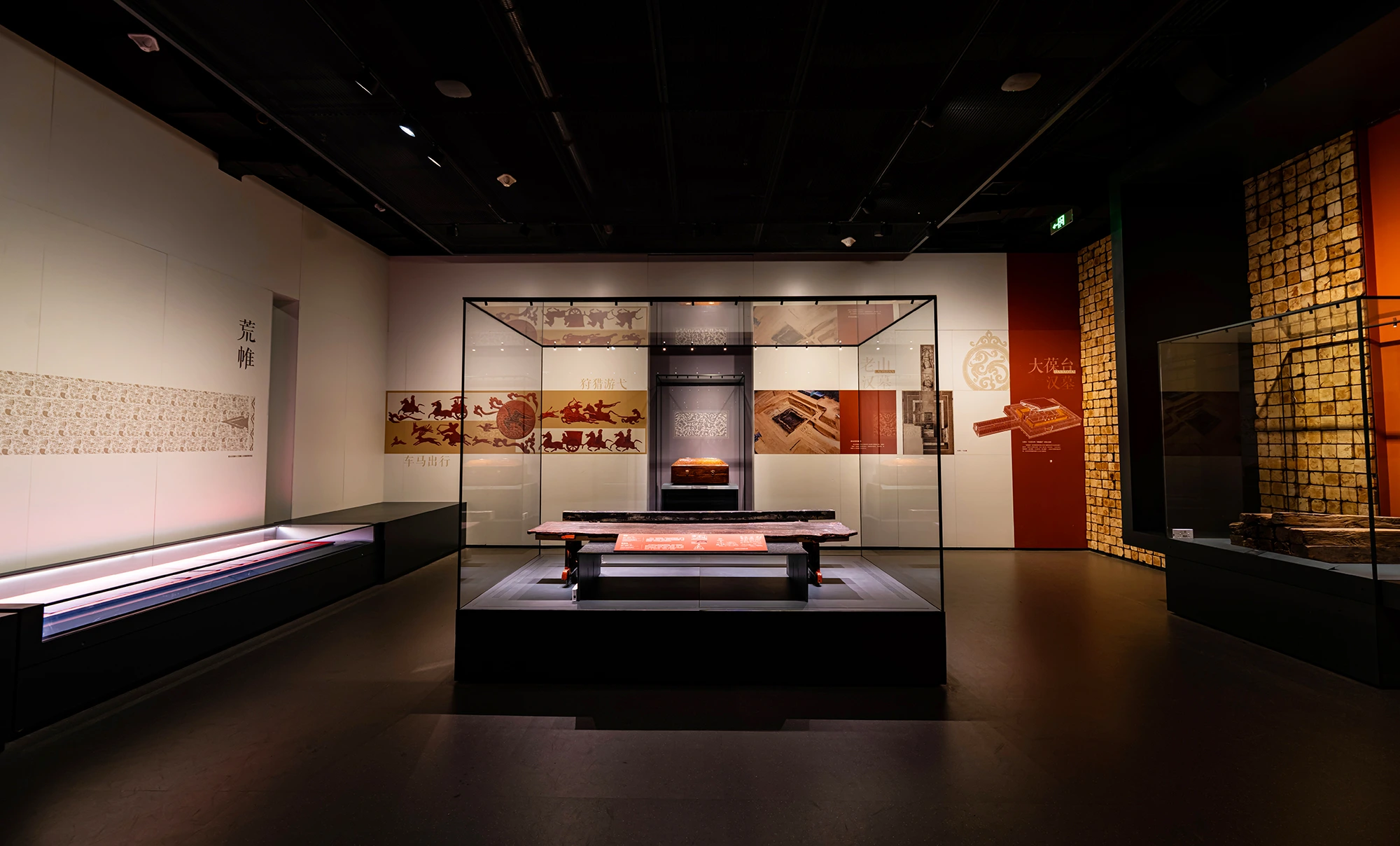
The basic guide to Museum Showcase Glass
As museums continue to modernize, the glass used in display cases has undergone a remarkable transformation to meet ever-evolving requirements for safety, visibility, and artifact preservation. The shift from basic transparent materials to specialized, high-performance glass highlights the strides made in exhibition technology. The Journey of Museum Showcase Glass Historically, glass in museum showcases was…
